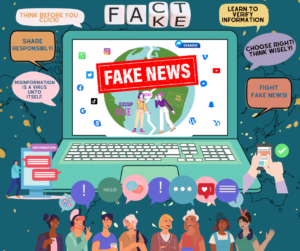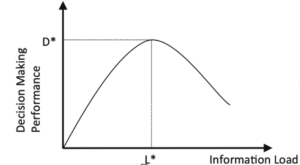Blogpost written by Amrutha Maliyekkal Murali and Leon Lindner
Key points:
- The effects of being social media and revealing interesting psychology factors.
- Is your mind playing tricks on you? What is the actual reason?
- Conducted an experiment and their results.
Have you ever thought about why you choose to share certain song or movies with your friends online? In today’s world sharing media like music and film on social media is more than just entertainment; it’s a powerful way to express yourself and shape how others see you. Research shows that our motivations for self-presentation play a big role in what we share and how we share it on social media platforms. In this blog, we’ll dive into fascinating findings of this study and explore what they reveal about our social media behaviour regarding our identity and social interaction in the digital age. Let’s unpack how your media be saying more than you thought.
Surprising Psychology Behind Your Social Media Shares
Have you wondered why you carefully choose movies and songs you share on social media? It’s not random; there’s some interesting psychology behind that says a lot about who we are or want to be. This study aimed to uncover why people share certain music or movies on social media and how these choices reflect their personalities. To explore this, they asked participants to imagine different situations, like wanting to be authentic, wanting to look good to others or wanting to belong to certain groups and then list songs or films they’d share on social media. By analysing the types of media shared, the researchers revealed patterns in how people share and use media to shape their online image and connect with others.

A closer look into selective media sharing
In today’s digital age, media isn’t something we just consume, it’s a big part of how we connect and how we shape our identity. Whether it’s movies or music, people are finding new ways to engage with content, privately and publicly. This leads to social media being a platform where we kind of strategically choose what to post to please others. For example, if you’re trying to impress someone you might share critically acclaimed movies and songs rather than “simple comedy movies”. On the other hand, sharing guilty pleasure songs could let seem more relatable or genuine. Like this, sharing content Is not just about self-expression it’s also about building connections. Sharing mainstream or prestigious content can boost your social standing and help you bond with others over shared interests. So, next time you post a favourite song or must-watch movie, remember that it’s not just entertainment. It’s a way of saying: This is me.
What to keep in mind
In the era where social media dominates our lives, our profiles are a snapshot of who we are, so the things you share might matter more than you think. Media sharing is not just about showing favourite songs or movies, it’s about shaping your identity and connect with others. When you share media on social platforms, you’re not just revealing your preference; it’s just a version of yourself for others to see, and sharing popular or trendy media helps you fit in with the crowd, showing you’re in tune with the collective taste of your peer group. Essentially, sharing media is a humble yet effective approach to connect with a group and share your narrative. Every meme, song, or film you share represents who you are or who you want to be while strengthening your bonds with those around you.
Read more
Johnson & Ranzini (2018): Click here to look clever: Self-presentation via selective sharing of music and film on social media. doi.org/10.1016/j.chb.2018.01.008


